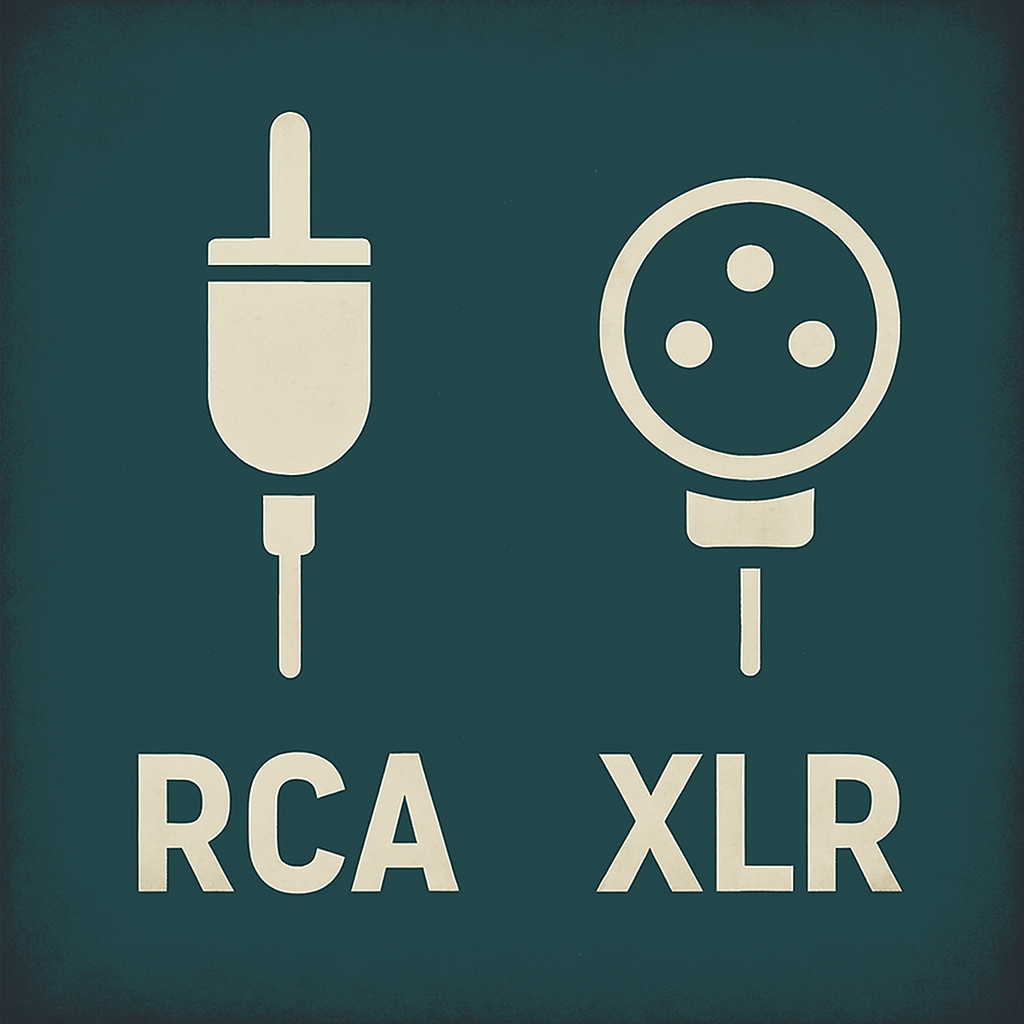Introduction
In an era where music is more accessible than ever, the paradox is striking – the highest-fidelity formats are the least available. Music Blu-rays and 4K UHD discs offer unparalleled audio-visual quality, yet they occupy a marginal space in the market. This post explores the systemic reasons behind their limited presence, the technological and cultural forces shaping their trajectory, and whether these formats are poised for resurgence or quiet extinction.
The Format That Never Found Its Stage – Understanding the Limited Presence of Music Blu-rays
Despite their technical superiority, music Blu-rays and 4K UHD releases have struggled to gain traction. Their scarcity is not due to lack of capability, but rather a confluence of economic, cultural, and logistical barriers.

Consumer Habits – Convenience Over Fidelity
Streaming dominates because it’s frictionless. Physical formats demand intentionality, setup, and time – luxuries in a culture of multitasking and instant gratification.
- Most listeners prioritize portability and instant access over immersive quality.
- High-definition formats require dedicated hardware – Blu-ray players, surround sound systems, and 4K displays – which are not standard in most households.
- Even among those with capable setups, few use them for music, reserving them for film and television.
Production Economics – High Cost, Low Return
The cost of multi-camera shoots, surround sound mastering, and disc authoring is rarely recouped unless the artist has a dedicated collector base.
- Record labels operate on tight margins and favor formats with predictable returns.
- Vinyl benefits from nostalgia and collectibility, while digital has minimal overhead.
- The risk-reward ratio for music Blu-rays is unfavorable, especially in a market where physical media sales are declining overall.
Licensing and Rights – Legal Complexity
Concert footage involves layered rights – performers, venues, visual designers, and composers.
- Physical distribution requires granular clearance, often making it legally and financially prohibitive.
- Streaming platforms often operate under blanket licenses or temporary agreements, making them more attractive for rights holders.
- The complexity and cost of securing rights for physical releases discourages labels from pursuing them.
Retail Realities – Shrinking Shelf Space
Retailers prioritize fast-moving inventory. Music Blu-rays, being niche, are often relegated to online-only availability.
- Without visibility in retail environments, casual discovery is nearly impossible.
- Impulse purchases and broader market exposure are limited.
- Retailers focus on high-turnover items, and niche formats do not meet that threshold.

Collector Culture – Sustaining the Niche
Audiophiles and collectors value fidelity, permanence, and packaging. For them, 4K UHD Blu-rays, Blu-rays are not just media – they’re artifacts.
- Limited edition box sets, remastered legacy concerts, and immersive Dolby Atmos mixes cater to this audience.
- These releases are infrequent but often high-quality, commanding premium prices.
- The format may never be mainstream, but it can thrive as a boutique offering for discerning listeners.
Home Theater Expansion – A Technological Opportunity
As 4K TVs and Dolby Atmos systems become mainstream, the infrastructure for enjoying high-definition music grows. But they have catered for physical discs with 4K UHD Blu-rays for the best experience.
- Manufacturers could promote the format by bundling demo discs or highlighting concert releases.
- If consumers begin to associate music Blu-rays with premium home entertainment, demand could rise organically.
- The format’s survival may hinge on its alignment with broader trends in home media consumption.
Archival Value – Preserving Cultural Artifacts
Blu-rays offer permanence. Unlike streaming, they’re immune to takedowns, compression, and platform obsolescence.
- For legacy acts, they serve as definitive records of performance.
- Artists and labels may increasingly view Blu-rays as archival tools, preserving iconic performances in their highest quality for future generations.
Hybrid Models – Bridging Physical and Digital
Bundling Blu-rays with digital access codes offers flexibility.
- It caters to both collectors and casual listeners without forcing a binary choice.
- If adopted more widely, hybrid releases could revitalize interest in physical formats while maintaining accessibility.
- Success depends on thoughtful packaging, clear value propositions, and strategic marketing.
The Role of Dolby Atmos and DTS:X in Music Presentation
Immersive audio formats like Dolby Atmos and DTS:X are redefining how music is experienced.
- These technologies allow spatial placement of instruments, creating a three-dimensional soundstage.
- Blu-ray is currently the most reliable physical format for delivering Atmos mixes.
- Streaming services offer Atmos, but often with reduced bitrate and dynamic range.
- For purists, Blu-ray remains the gold standard for immersive audio fidelity.

Artist-Led Initiatives and Boutique Labels
Some artists and boutique labels are bypassing major distributors to release Blu-rays directly to fans.
- Examples include Steven Wilson, Porcupine Tree, and Kraftwerk, who consistently release immersive concert films and studio albums in high-definition formats.
- These releases often include behind-the-scenes content, alternate mixes, and elaborate packaging.
- Artist-led initiatives prove that demand exists when releases are curated with care and marketed to the right audience.
The Impact of Global Markets and Regional Demand
Demand for music Blu-rays varies globally.
- Japan and Germany have historically supported high-fidelity formats more robustly than the US or UK.
- Japanese editions often include exclusive content, superior mastering, and collector-grade packaging.
- Understanding regional preferences could help labels target releases more effectively and sustain niche markets.
The Decline of Music Television and Its Ripple Effect
The collapse of music television (e.g., MTV, VH1) removed a key promotional channel for concert films and live performances.
- Blu-rays often rely on visual storytelling, which once had a natural home on TV.
- Without televised music culture, the appetite for long-form visual music experiences has diminished.
- Reviving interest may require new platforms or partnerships with visual-first services like YouTube or Apple TV.
Packaging, Presentation, and the Psychology of Ownership
Physical media offers a tactile experience that digital formats cannot replicate.
- Gatefold packaging, liner notes, and exclusive artwork contribute to perceived value.
- Ownership psychology plays a role – collectors feel a sense of pride and permanence that streaming cannot offer.
- Blu-ray packaging can be a differentiator if designed with care and intention.
Environmental Considerations and Sustainable Production
Critics argue that physical media contributes to waste, but the reality is nuanced.
- Blu-rays are durable and archival, often replacing multiple short-lived digital purchases.
- Sustainable packaging, recycled materials, and carbon-offset shipping can mitigate impact.
- Compared to fast fashion or disposable electronics, Blu-rays have a relatively low ecological footprint when produced responsibly.
Metadata, Interactivity, and Enhanced User Experience
Blu-ray discs allow for rich metadata and interactive features.
- Viewers can switch camera angles, access lyrics, explore behind-the-scenes footage, and navigate chapters.
- These features deepen engagement and offer educational value, especially for music students and historians.
- Streaming platforms rarely offer this level of interactivity, making Blu-rays uniquely suited for immersive learning.
The Role of Film Festivals and Archival Institutions
Concert films and music documentaries are increasingly featured in film festivals and archives.
- Institutions like the British Film Institute and Library of Congress preserve music Blu-rays as cultural records.
- Festivals offer exposure and legitimacy, potentially driving interest in physical releases.
- Archival recognition could elevate Blu-rays from commercial products to historical artifacts.
Piracy, Compression, and the Case for Physical Integrity
Digital formats are vulnerable to piracy and degradation.
- Blu-rays offer a secure, high-integrity format that resists tampering and preserves original mastering.
- For artists concerned with presentation and control, physical formats offer unmatched fidelity and security.
- The argument for Blu-ray is not just aesthetic – it’s about protecting artistic intent.
Educational and Institutional Use Cases
Music Blu-rays have untapped potential in education.
- Music schools, universities, and libraries can use them to teach performance, production, and history.
- High-definition audio and video allow detailed analysis of technique, staging, and acoustics.
- Institutional adoption could create a secondary market and justify continued production.

The Digital Boom – Disruption, Dominance, and the Devaluation of Physical Fidelity
The rise of digital music platforms has fundamentally reshaped how music is produced, distributed, and consumed. While it has democratized access and expanded global reach, it has also marginalized physical formats—especially those that prioritize fidelity and permanence over convenience.
Platform Ubiquity – Music Everywhere, All the Time
- Streaming services like Spotify, Apple Music, Amazon Music, and YouTube have made music omnipresent. With billions of tracks available on-demand, the notion of “owning” music has been replaced by “accessing” it.
- Algorithms curate listening experiences, reducing the need for intentional discovery or deep engagement with albums or performances.
- The dominance of mobile devices and wireless headphones reinforces compressed formats, sidelining high-resolution audio and multi-channel mixes.
Economic Incentives – Volume Over Value
- Digital platforms operate on scale. Revenue is driven by subscriptions, ad impressions, and licensing deals—not by the sale of individual albums or concert films.
- Artists and labels are incentivized to produce content that performs well in algorithmic environments—short tracks, frequent releases, and visual snippets optimized for social media.
- Long-form, high-fidelity concert experiences are difficult to monetize in this ecosystem, making Blu-ray and UHD releases economically unattractive for most stakeholders.
Final Thoughts – A Format Caught Between Art and Economics
Music Blu-rays and 4K UHD discs represent the pinnacle of audio-visual fidelity, but they are constrained by market forces that favor speed, scale, and simplicity. Their future is uncertain, but not without hope. As long as there are artists who care deeply about presentation, and fans who crave immersive experiences, the format will persist in pockets of passion.
Whether it grows or fades will depend not on technology alone, but on how deeply we value music as an experience – not just a background soundtrack, but a performance worth preserving in its fullest form.
Join the Discussion
Do you collect music Blu-rays or 4K concert discs? What would make you invest in more of them? Are there artists or performances you believe deserve a high-definition physical release?
Some links may be affiliate links, meaning I may earn a small commission if you click through and make a purchase—at no extra cost to you.
#MusicBluRay #4KUHDMusic #PhysicalMedia #AudiophileCulture #MusicPreservation #ConcertFilm #HighFidelityAudio #MusicIndustryTrends #CollectorEdition #ArchivalMusic #DolbyAtmosMusic #BoutiqueLabels #MusicEducation #VisualMusicExperience #SustainableMedia #MetadataInMusic #GlobalMusicMarkets #ArtistLedReleases #MusicOwnershipPsychology #InstitutionalArchiving















Leave a Reply